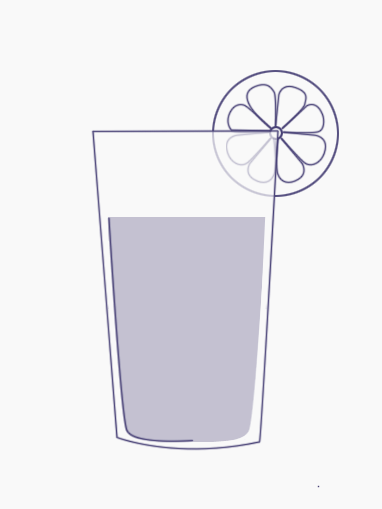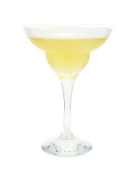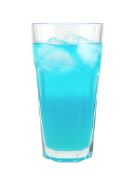
Golden Tequila
- Category: Strong alcoholic drinks
- Volume: 40%
Tequila is a strong distilled alcoholic beverage, mainly produced in the vicinity of the Mexican city of Tequila. The geographical boundaries of the area where it is allowed to produce the beverage, and the production technology are strictly regulated and fixed by the Tequila Regulation Council. Tequila production is limited to areas of the states of Jalisco, Guanajuato, Michoacan, Tamaulipas and Nayarit, and the raw material for its production is blue agave. The drink must contain at least 51% alcohol produced from agave, and the rest - from corn, sugarcane, etc. It is believed that tequila began to be produced in the 16th century near the city of Tequila. The Aztecs made a fermented drink from agave called pulque long before the Spanish arrived in the early 15th century. Over time, the conquistadors began to distill pulque and got a drink called mezcal. Large-scale production of tequila began at the turn of the 17th century by Marquis Pedro Sanchez de Tagle. In the early 18th century, this product began to be taxed. In a more modern form, tequila began to be mass-produced in the 19th century. The process of making the drink starts with cooking the 'heads' of agave under pressure. Then squeezing, fermentation (with the addition of yeast and water) and double distillation are performed. All tequila can be divided into two groups by agave content : Tequila 100% Agave - this is a premium line, which is produced using only agave juice; tequila mixta - made using different sugars, but containing not less than 51% agave sugars. Golden tequila, however, is a non-aged drink that can be flavored with caramel, oak extract, glycerin or sugar syrup. It can also result from mixing silver tequila with tequila aged 1-3 years.




